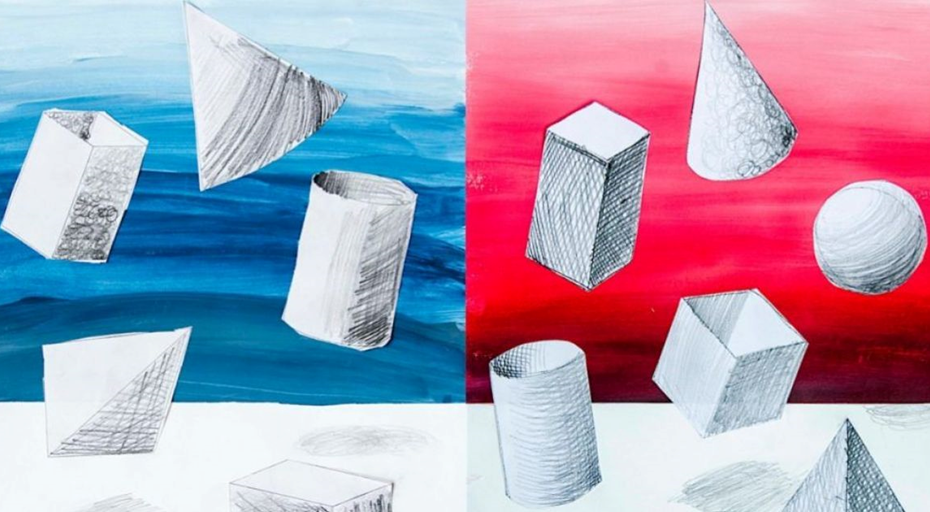The 7 formal elements of photography are fundamental visual components. They include line, shape, form, texture, pattern, color and space. Understanding these elements helps photographers create more compelling and balanced images.
Unlock the secrets of stunning photography with the 7 formal elements. “Ready to take your images from ordinary to extraordinary?” Discover how mastering these basics can transform your photography. Learn to see the world through a new lens and create captivating visuals.
Mastering the 7 formal elements of photography enhances visual storytelling and composition. These elements are line, shape, form, texture, pattern, color and space. Photographers use these elements to create balance, emphasis and visual interest in their work.
Line
Lines in photography guide the viewer eye through an image. They can be straight, curved or implied creating visual paths. As one of the 7 Formal Elements of Photography lines help establish mood and structure. They can convey movement depth and lead attention to the main subject.

Horizontal lines often suggest calmness and stability in a photograph. Vertical lines can imply strength or growth while diagonal lines add dynamism. Photographers use lines to create balance contrast and rhythm in their compositions. Mastering the use of lines enhances the overall impact of an image.
Shape & Form
Foam is a light and airy substance. It’s made up of tiny bubbles trapped in a liquid or solid. You can find foam in many places like soap suds sea spray and even some foods. Foam can be soft and fluffy or stiff and rigid, depending on what it’s made of.
- Shapes are flat.
- Forms have depth.
- Both define objects.
Tone
Tone refers to the brightness levels in an image. It ranges from pure white to deep black. Tone is one of the 7 Formal Elements of Photography.

Photographers use tone to create depth and focus. It can highlight subjects or create a specific mood. Mastering tone is essential for impactful photos.
Pattern
Foam is a light, airy substance made of tiny bubbles. It can be found in many places like soap suds sea spray and even some foods. Foam can vary in texture from soft and fluffy to stiff and rigid depending on its composition.
| Aspect | Description |
| Definition | Repeating elements or motifs |
| Types | Geometric, organic, man made |
| Purpose | Adds visual interest and rhythm |
Colour
Colour adds vibrancy and emotion to photographs. It can evoke different moods and feelings in viewers. Colour is one of the 7 Formal Elements of Photography.
Photographers use colour to create harmony or contrast. Warm colours like red and yellow can make images feel energetic. Cool colours like blue and green often create a calm atmosphere.
Understanding colour theory helps in composing better shots. Complementary colours can make subjects stand out. Monochromatic colour schemes can create a sense of unity in photos.
Texture
Texture shows how something feels in a photo. It adds depth and interest to images. Photographers capture texture using light and focus.
- Visual tactile quality.
- Adds depth.
- Creates interest.
Space
Space refers to how objects are arranged in a photo. It includes both positive space (filled areas) and negative space (empty areas). Space is one of the 7 Formal Elements of Photography.
Photographers use space to create balance and focus. Negative space can make subjects stand out more. Positive space can add context or tell a story.
Effective use of space can guide the viewer eye. It helps create depth and dimension in images. Understanding space is crucial for compelling compositions.
Frequently Asked Questions
What is the main basic element for photography?
The main basic element for photography is light. It determines the mood texture and overall feel of the photo.
What is basic in photography?
Basic in photography include light, exposure, composition and focus. These are key parts of the 7 Formal Elements Of Photography.
What is photography in art?
Photography in art involves using a camera to capture images with artistic intent. It combines technical skills with creative expression to create visually compelling works.
What are the four rules of photography?
- Rule of Thirds: Place subjects along grid lines for balance.
- Leading Lines: Use lines to direct attention to the main subject.
What is photography used for?
Photography is used to capture and preserve moments convey messages and express creativity. It documents events tells stories and creates visual art.
Conclusion
The 7 Formal Elements of Photography are essential tools for creating impactful images. These elements include line, shape, form, texture, pattern, color and space. Understanding and mastering these elements can greatly improve a photographer work.
By skillfully applying the 7 Formal Elements of Photography artists can create more compelling and visually interesting compositions. These elements work together to guide the viewer eye and convey emotions. Mastering these fundamentals is key to developing a strong photographic style.
